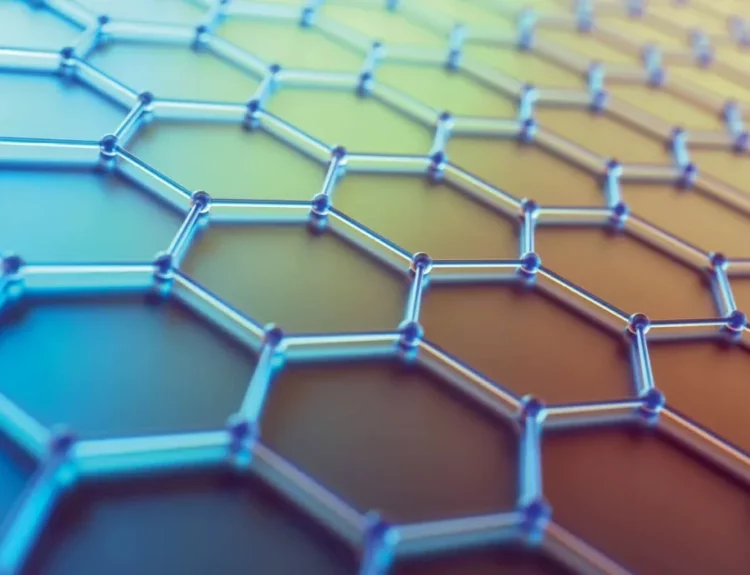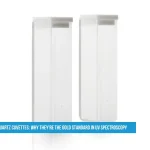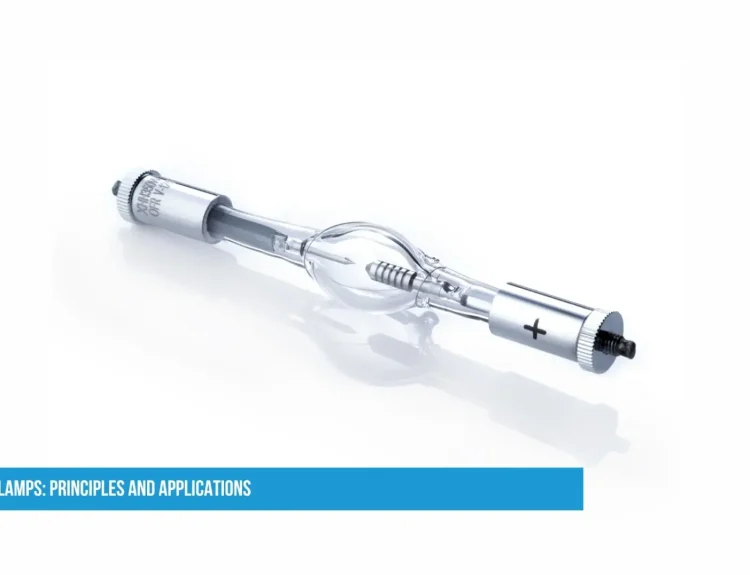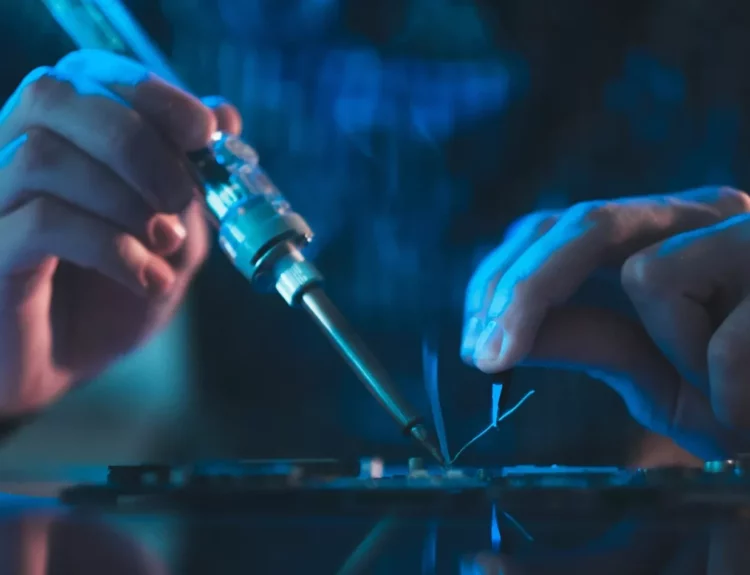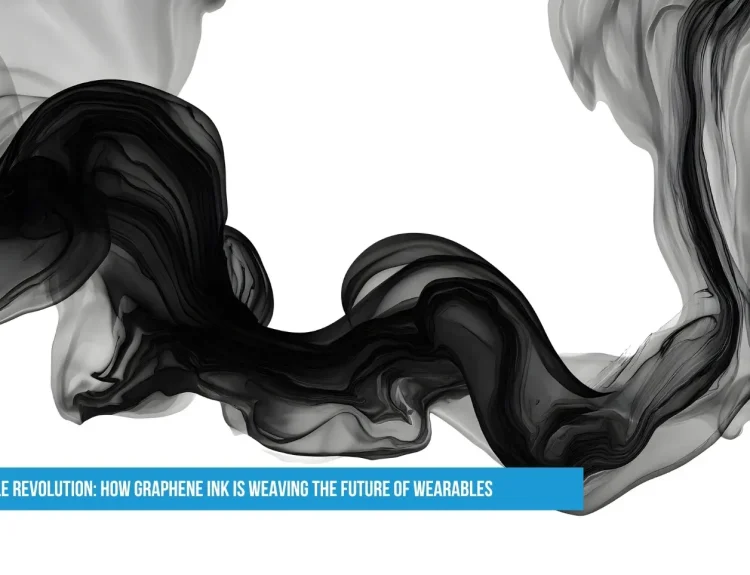Have you ever marveled at how you can fold your smartphone or roll up your TV like a poster? This isn’t magic, it’s cutting-edge science, and a big part of the credit goes to a seemingly boring but essential material: ITO-coated PEN film.
First, Let’s Meet the Players: ITO and PEN
To understand the team, we need to meet the two-star players.
PEN Film: The Tough, Flexible Base
PEN stands for Polyethylene Naphthalate. Think of it as a super-upgraded version of the plastic used in soda bottles (which is PET).
Key Superpowers:
- Excellent Flexibility: It can bend and fold thousands of times without breaking.
- Heat Resistance: It can handle the high temperatures used in manufacturing electronics without melting or warping.
Great Barrier: It’s good at keeping out water vapor and oxygen, which can damage delicate electronic parts.
So, PEN is a strong, flexible, and stable foundation. But it’s just plastic—it doesn’t conduct electricity. That’s where its partner comes in.
ITO: The Invisible Conductor
ITO stands for Indium Tin Oxide. It’s a transparent mixture of indium oxide and tin oxide.
Key Superpower: It’s both transparent and electrically conductive. This is a rare and beneficial combination!
This transparent, conductive coating is applied in a super-thin layer onto the PEN film. Together, they form ITO-coated PEN film: a flexible, transparent, and electrically conductive sheet.
Why is This Combination a Game-Changer?
For decades, glass was the standard base for touchscreens and displays. But glass is rigid and breaks. ITO-coated PEN film fixes that:
- It’s Flexible: This is the biggest deal. It enables foldable phones, rollable TVs, and wearable health monitors that can wrap around your wrist.
- It’s Lightweight: Plastic film is much lighter than glass, making our devices easier to carry.
- It’s Durable: While not scratch-proof like glass, it’s much more shatter-resistant.
Where Do You See This Stuff? (Spoiler: It’s Everywhere!)
You might not see the film itself, but you use the devices it powers.
- Flexible Displays: This is the star application. The screen on a Samsung Z Fold or Huawei Mate X uses this technology to create a bendable touchscreen.
- Touchscreens: Beyond phones, they’re used in the curved touchscreens in cars, touch-enabled appliances, and more.
- Solar Cells: Many modern thin-film solar panels use ITO-PEN films as the top electrode. It lets sunlight through to be converted into electricity while carrying that electricity away.
- Smart Windows: Windows that can change from clear to opaque with the flip of a switch often use this film as an electrode.
- OLED Lighting: Imagine flexible light panels or glowing wallpaper. ITO-PEN film provides the base and current for these futuristic lights.
Are There Any Challenges?
Yes, no technology is perfect. The two main challenges are:
Cost: Indium is a relatively rare element, making ITO expensive.
Brittleness of ITO: While the PEN plastic is flexible, the ITO coating itself is ceramic and can be brittle. Under extreme or repeated bending, tiny cracks can form, reducing its conductivity. Scientists are developing new materials, such as silver nanowires and conductive polymers, to replace ITO in the future.
In a Nutshell
ITO-coated PEN film is a superhero duo of materials: the PEN provides a rigid, flexible body, and the ITO provides the invisible, conductive nervous system.
It’s the key ingredient that makes futuristic, flexible electronics possible today. The next time you fold your phone or see a sleek curved display in a car, you’ll know there’s a fantastic piece of transparent, conductive plastic hard at work.
